Samsung Galaxy S23 Ultra: the 7 biggest new camera features
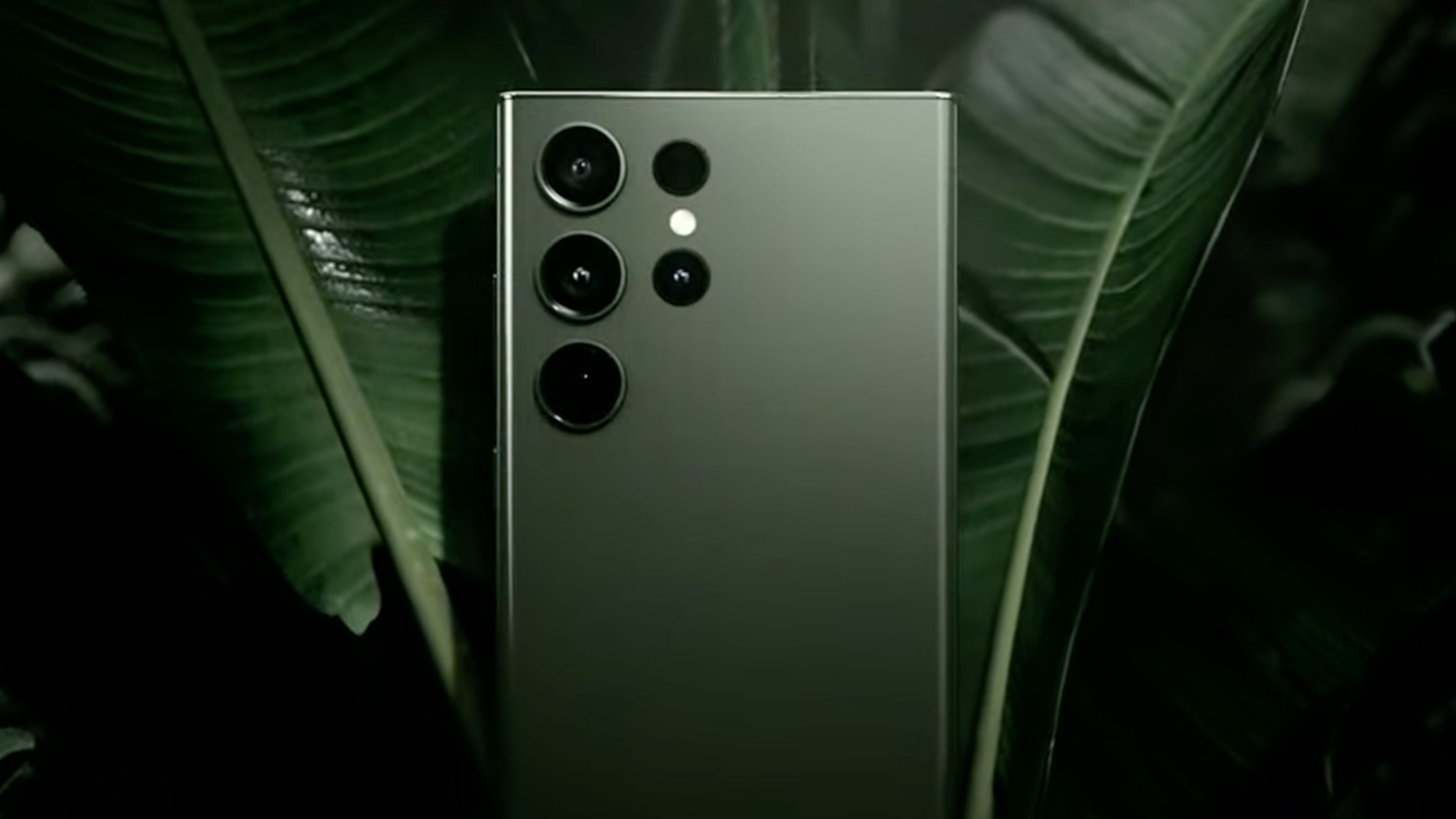
For a while, it felt like Samsung Galaxy S23 Ultra announcement was a camera launch rather than a smartphone reveal. The new Android flagship has a new 200MP main camera and Samsung was keen to talk about it at length during Unpacked – but what exactly can this new snapper do?
After all, this isn't the first 200MP smartphone we've seen (cue respectful nods to the Xiaomi 12T Pro and the Motorola Edge 30 Ultra). Still, the Galaxy S23 Ultra is the first phone to use Samsung's own HP2 sensor, and that makes it very interesting – not least because Samsung is one of the biggest players in computational photography.

The S23 Ultra's other three rear cameras may be largely unchanged from its predecessor, but this main 200MP camera is certainly capable of some interesting tricks that could well see it retain its spot at the top of our best camera phones guide.
We'll still need to do lots of testing with the S23 Ultra to see if it's overcome other annoying niggles from its predecessor, like shutter lag. But for now, in rough order of excitement, here are the photo and video skills that have particularly piqued our interest.
For more early impressions of its camera, you can also check out our hands-on Samsung S23 Ultra review.
1. Better low-light video
If there was one big message that Samsung wanted to get across during Unpacked, it was that the Galaxy S23 Ultra has much-improved video skills. After all, getting Ridley Scott on board for the presentation wouldn't have been cheap.
Video is a traditional weakness of Samsung phones, so what's changed? Some of it's down to hardware like a brighter f/1.7 lens, but it's mostly down to a combo of processor grunt and lots of AI trickery.
Sign up for breaking news, reviews, opinion, top tech deals, and more.
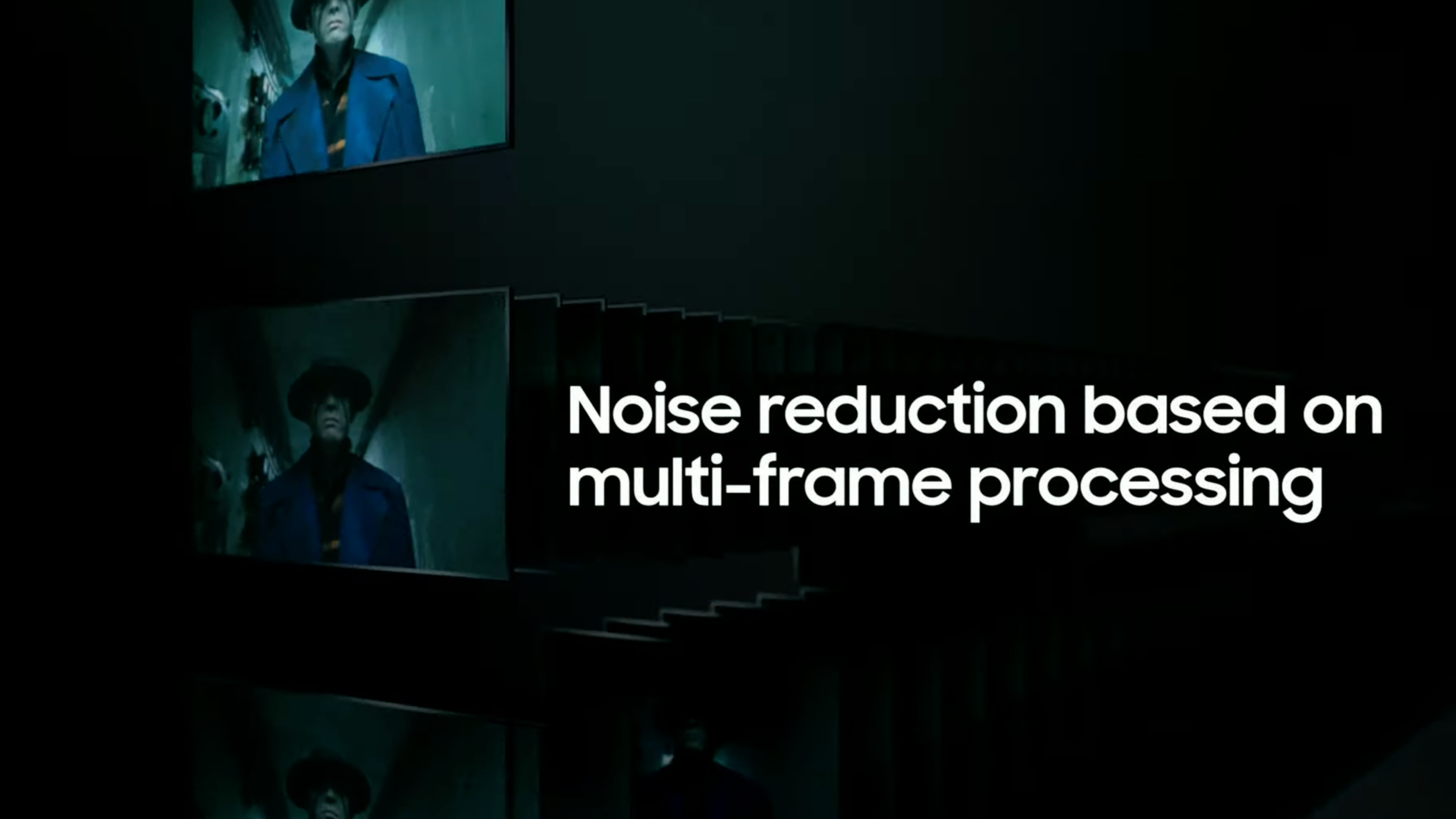
Some new image processing algorithms are able to perform multi-frame processing on videos, effectively creating some real-time noise reduction using multiple frames. Combine that with better control of overexposure (another S22 Ultra weakness) and you should get some much less mushy results when shooting video at night.
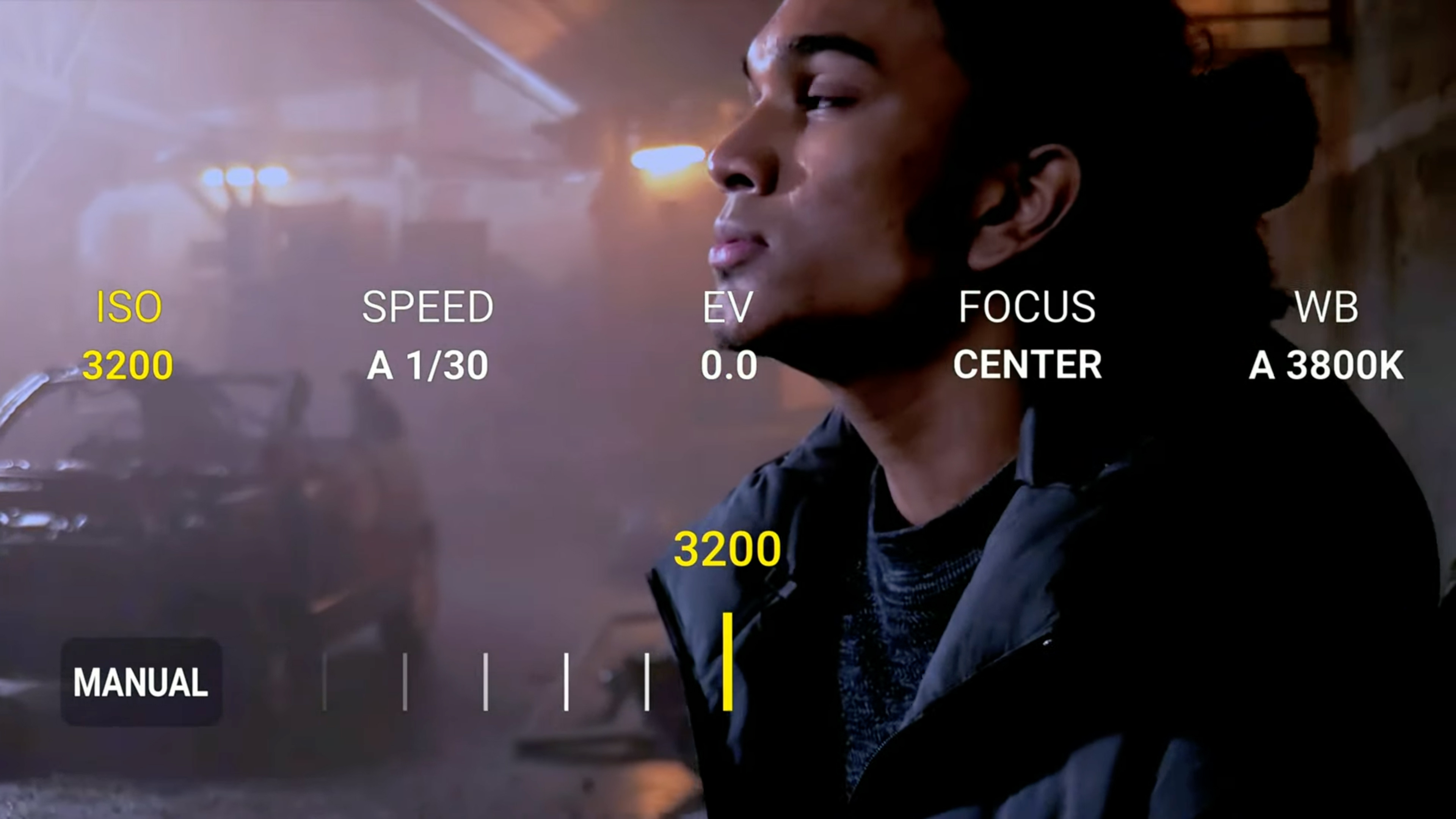
Another bonus is the camera app's Pro video mode, which lets you quickly tweak settings like white balance and ISO. With the Camera Assistant app also packing features like a 'clean preview' mode to let you review footage on HDMI displays without the UI getting in the way, the S23 Ultra is definitely one of the most advanced phones around for shooting video.
2. Expert RAW comes to the fore
Samsung's Expert RAW mode gives you more photo editing information to work with than compressed image formats like JPEG, and it's previously only been available as a separate app. Not on the S23 Ultra – you'll now find Expert RAW features embedded in the phone's native Camera app, which is a bonus for keen snappers.
The idea behind Expert RAW is that you get greater headroom to push areas like highlights and shadows before the image degrades – and the app gives you the tools to make those tweaks. On the S23 Ultra, you'll also be able to work with 50MP images, rather than previous limit of 12MP.
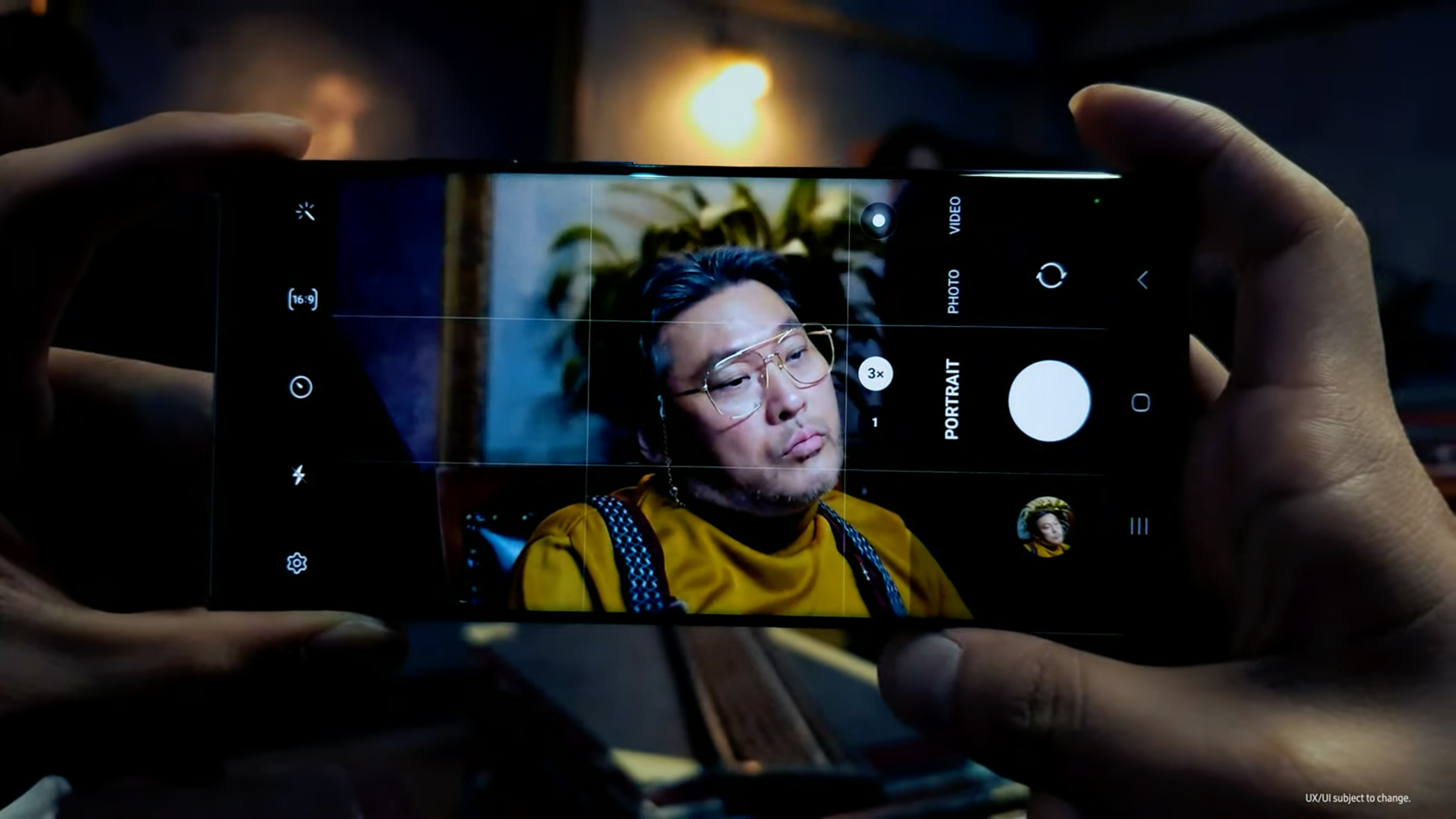
While the iPhone has a similar ProRAW format, its stock camera app completely lacks any kind of pro tools for capture or editing, so this will make the S23 Ultra appealing for those who enjoy creatively editing their phone snaps.
That's particularly the case if you're an Adobe Lightroom user, as Samsung has made Lightroom the default app for editing its Expert RAW files. You'll still have to pay to get all of Lightroom's features unfortunately, but the editing process should be pretty seamless.
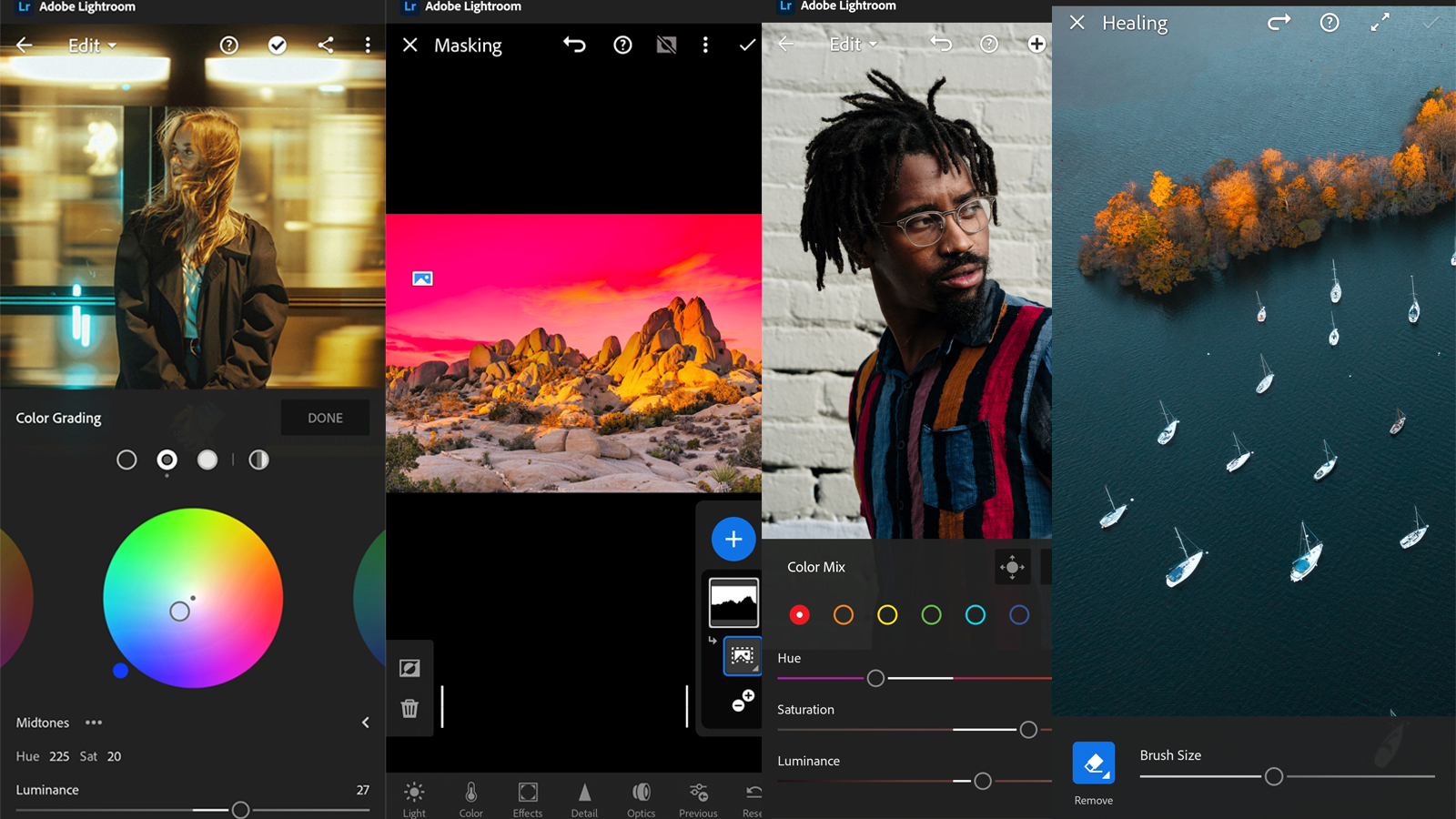
The arrival of Expert RAW within the native Camera app also unlocks some exciting new specialist features, like astrophotography...
3. New astrophotography skills
The astrophotography mode on most Google's Pixel phones is pretty legendary, but Samsung is trying hard to compete thanks to a new mode on the S23 Ultra (and S22 Ultra).
Last year, Astrophoto became available as a beta feature in the Expert RAW app for the S22 Ultra. And S23 Ultra owners will be able to access the same night sky trickery in the phone's native Camera app.

How does it work? The mode includes a sky guide that points out constellations and nebulas as you scan your phone across a scene. Once you've decided on a composition, you can set it up to take an exposure of four, seven or ten minutes, with the S23 Ultra then doing much of the processing.
You'll also be able to shoot an astro hyperlapse (think a mix of a timelapse and a short video) that can show the streaky movement of the stars across the night sky. This is something we're definitely looking forward to testing out in during our full S23 Ultra review (assuming we get a nice, clear sky).
4. 200MP versatility
The S23 Ultra is Samsung's first 200MP phone, but that resolution alone isn't necessarily the big story. What makes it potentially a big deal for photography fans is the combination of that resolution with Samsung's Adaptive Pixel technology and the Ultra's processing grunt.
Beyond its 200MP mode, this new Ultra gives you a couple of extra options to help it produce the best results in different conditions. In lower light, the cleanest images will come from its 12MP mode, which uses 16:1 pixel binning to combine multiple pixels to massively boost their light-gathering power.

But for a middle ground that combines the noise-reducing benefits of pixel binning with the detail of high resolution, the S23 Ultra also has a 50MP mode (which uses 4:1 pixel binning from that 200MP sensor). That sounds like a good option for bright daylight shots, when you'll get some handy cropping potential from that generous resolution.
In short, there's a lot of clever technology in that new ISOCELL HP2 chip that help improve the S23 Ultra's stills photography. Samsung also talked up the sensor's greater 'full-well capacity', which is effectively its pixels' capacity for storing light. Rather than a dramatic leap in image quality, the benefits should mainly be a greater flexibility for shooting in different lighting situations.
5. An actually usable 8K video mode
The S22 Ultra's headline 8K video mode was kneecapped slightly by an absence of frame-rate options and a huge crop (effectively a 2x crop) that made composition almost impossible.
Fortunately, both of those issues appear to have been rectified on the S23 Ultra. There's now an 8K/30p mode and, thanks to the grunt of that Snapdragon 8 Gen 2 processor, a much wider field of view.

We still wouldn't recommend shooting a huge amount of video in 8K, due to the storage demands and lack of places to view the content. And the 4K/60p Super HDR mode (above) also sounds like a better option for most situations.
But it's good to know you're future-proofed and that resolution does also provide some handy cropping potential in good light.
6. One of the best selfie cameras around
The poor front-facing camera often gets left out of snazzy smartphone presentations, but Samsung knows how popular it is – the S23 Ultra now has a much-improved 12MP front camera, which also appears on its S23 and S23 Plus siblings.
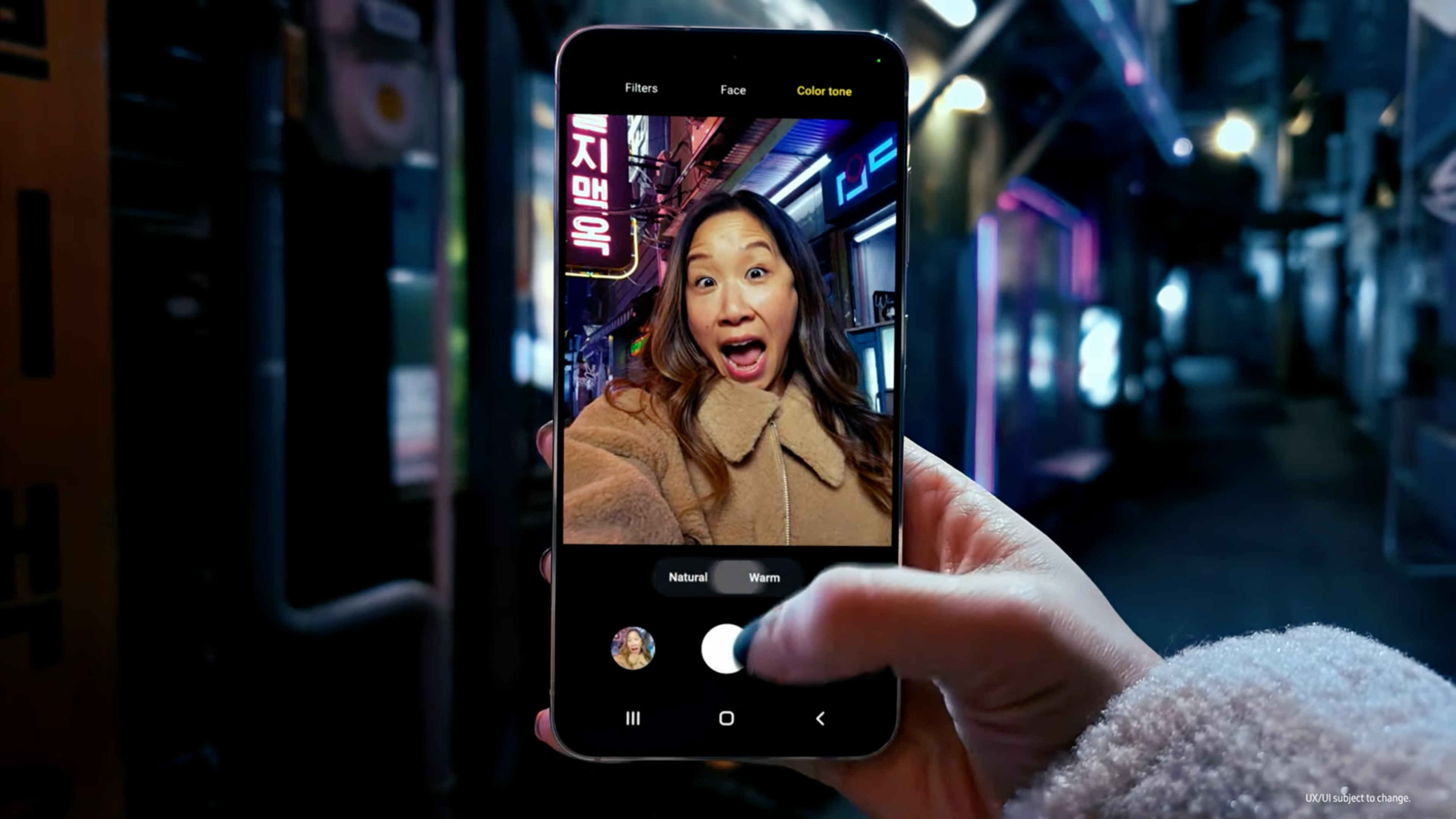
A combination of larger pixels, better dual-pixel autofocus and Samsung's AI object-aware engine should bring a significant boost to the S23 Ultra's selfie skills. The latter promises to improves the separation of your subjects from the background, and Samsung's also added the option to pick different color tones for your selfies, like warm or natural.
It might not be quite as spectacular as a 200MP sensor, but this is the kind of improvement that could help the S23 Ultra win many fans among more casual shooters.
7. Improved image stabilization
One of the best advances in recent years for smartphone video has been improved image stabilization, which helps you shoot largely shake-free handheld video. This development hasn't been quite as good for gimbals like the DJI OM 6, but Samsung clearly doesn't care – it's just given the S23's optical image stabilization (OIS) stabilization another hefty boost.
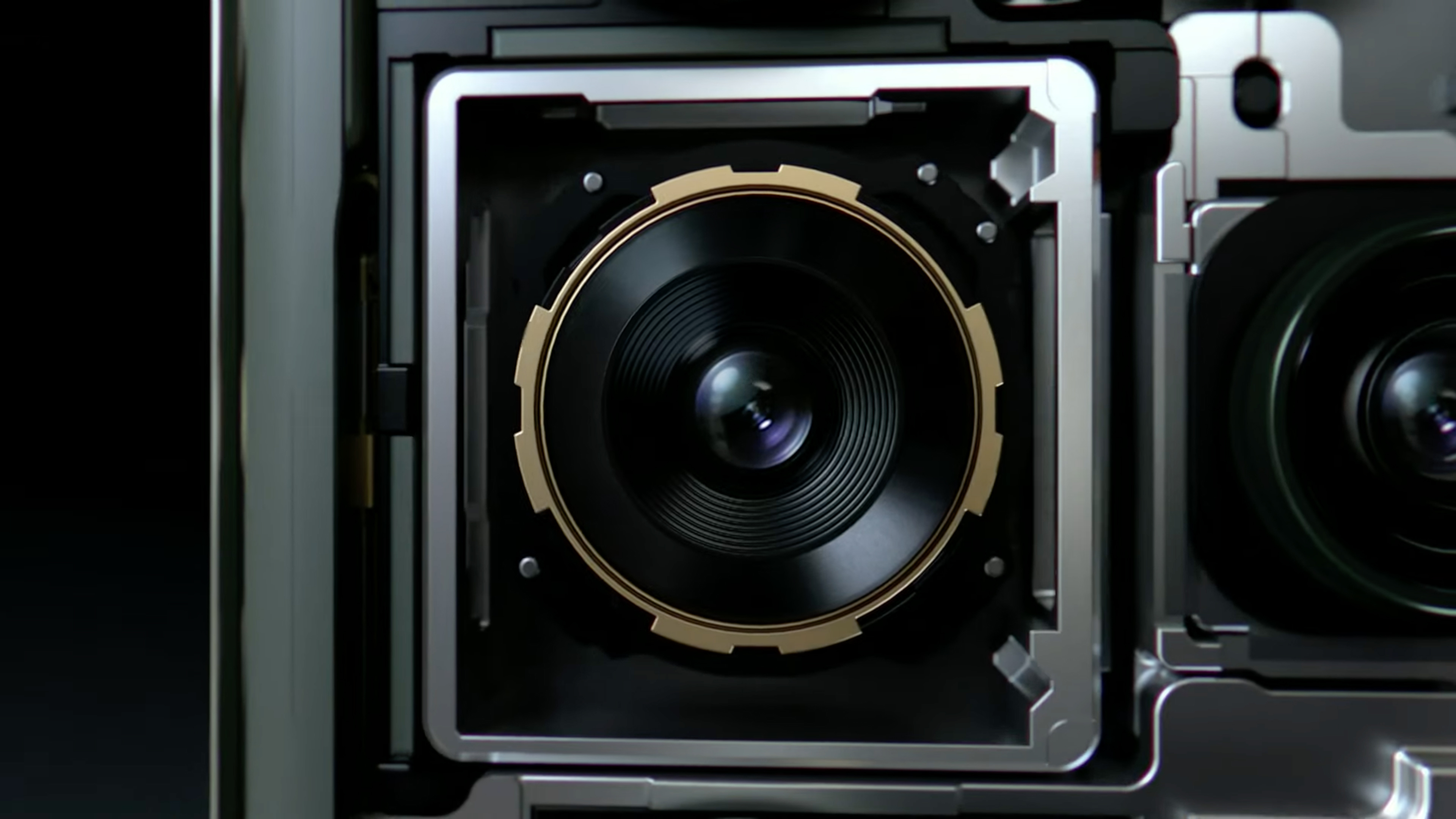
That new system is effectively twice as powerful as the one in its S22 Ultra predecessor, correcting up to three degrees of shake (rather than 1.5). This could again see it rival the iPhone 14, though Samsung didn't quite hype it to the same extent as Apple's Action Mode. We're looking forward to seeing how the two compare in our traditional smartphone camera jog test.

Mark is TechRadar's Senior news editor. Having worked in tech journalism for a ludicrous 17 years, Mark is now attempting to break the world record for the number of camera bags hoarded by one person. He was previously Cameras Editor at both TechRadar and Trusted Reviews, Acting editor on Stuff.tv, as well as Features editor and Reviews editor on Stuff magazine. As a freelancer, he's contributed to titles including The Sunday Times, FourFourTwo and Arena. And in a former life, he also won The Daily Telegraph's Young Sportswriter of the Year. But that was before he discovered the strange joys of getting up at 4am for a photo shoot in London's Square Mile.